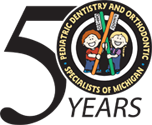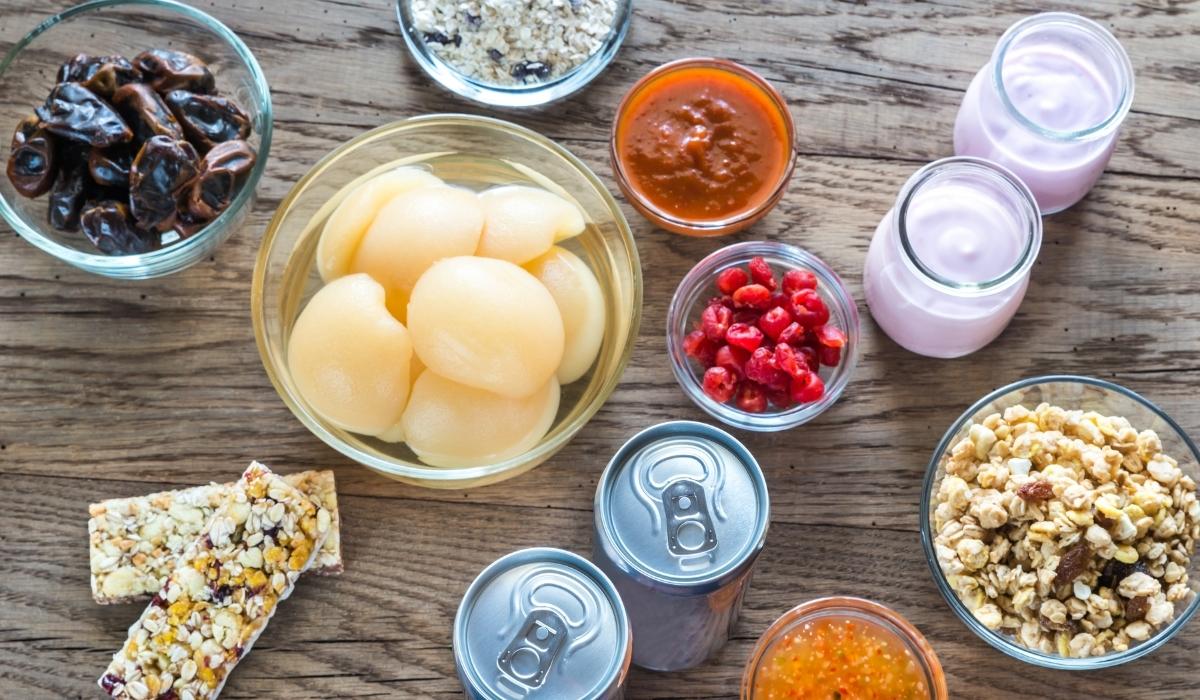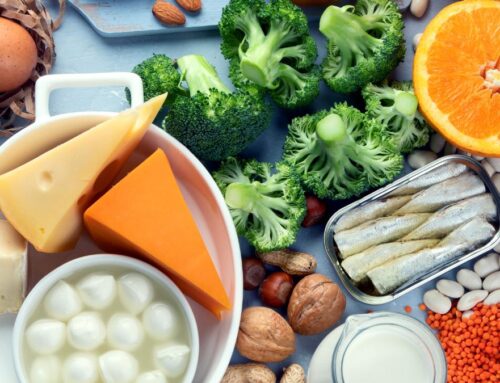Sugar is what feeds the plaque bacteria responsible for tooth decay. Much like our own bodies as we grow, the more needed nutrients we put in the more we can grow. Bacteria colonies (plaque) grow bigger and stronger when they are fed the sugar they need to perform the bacteria functions needed to replicate.
But what most of us don’t realize is that some artificial sweeteners and naturally sweetened items can do the same thing. Recognizing the sources of your child’s sugar exposure can help you reduce their chances of getting cavities in the future.
What Matters Most: Frequency of Exposure
Sometimes it’s not how much sugar you’re eating, but how often you’re eating it. For example, sipping a pop over a multi-hour period is much worse than drinking it in one short sitting. Each sip brings the acidic sugary exposure right back to your mouth.
Snacking, sipping, or nibbling on smaller portions of sweets a little here and there can be worse on your tooth enamel than eating or drinking it all in one sitting. Since we get about a half hour of acid exposure after consuming sugar, you can limit the damage by eating sweet foods with a meal instead of spreading it out across the afternoon or evening. That way, non-acidic foods reduce the danger of sugary items and the natural salivation stimulated by eating other foods helps neutralize dangerous acids in our mouths.
Hidden Sugars You Need to Know About
Unfortunately, a lot of products that seem to be all-natural or “healthy” can also do damage to teeth. We think sports drinks and fruit juice often find themselves in a healthy choice category when both can have dangerous amounts of sugar and acids in them. Each of these beverages contains natural or artificial sweeteners, which can be acidic and promote the erosion of tooth enamel. Refrain from using sports drinks unless there are high temperatures and hard workouts involved. Or, consider some of the “zero” branded versions of these beverages that do not contain sugar. As for juice, serve it with a meal and consider diluting it with water. Never, ever allow your child to keep a cup or bottle of juice with them throughout the day.
Xylitol: A Safe Sweetener for Teeth
Gum that’s sweetened with xylitol can help repel dental plaque and reduce the risk of cavities. But there is one downside: you don’t want to ingest it in large amounts (it can irritate your stomach.) Instead, use it for topical anti-cavity purposes rather than a sugar substitute.
Is your child caught up on their cavity screenings? If not, contact Pediatric Dentistry and Orthodontic Specialists of Michigan today to reserve their next checkup!






